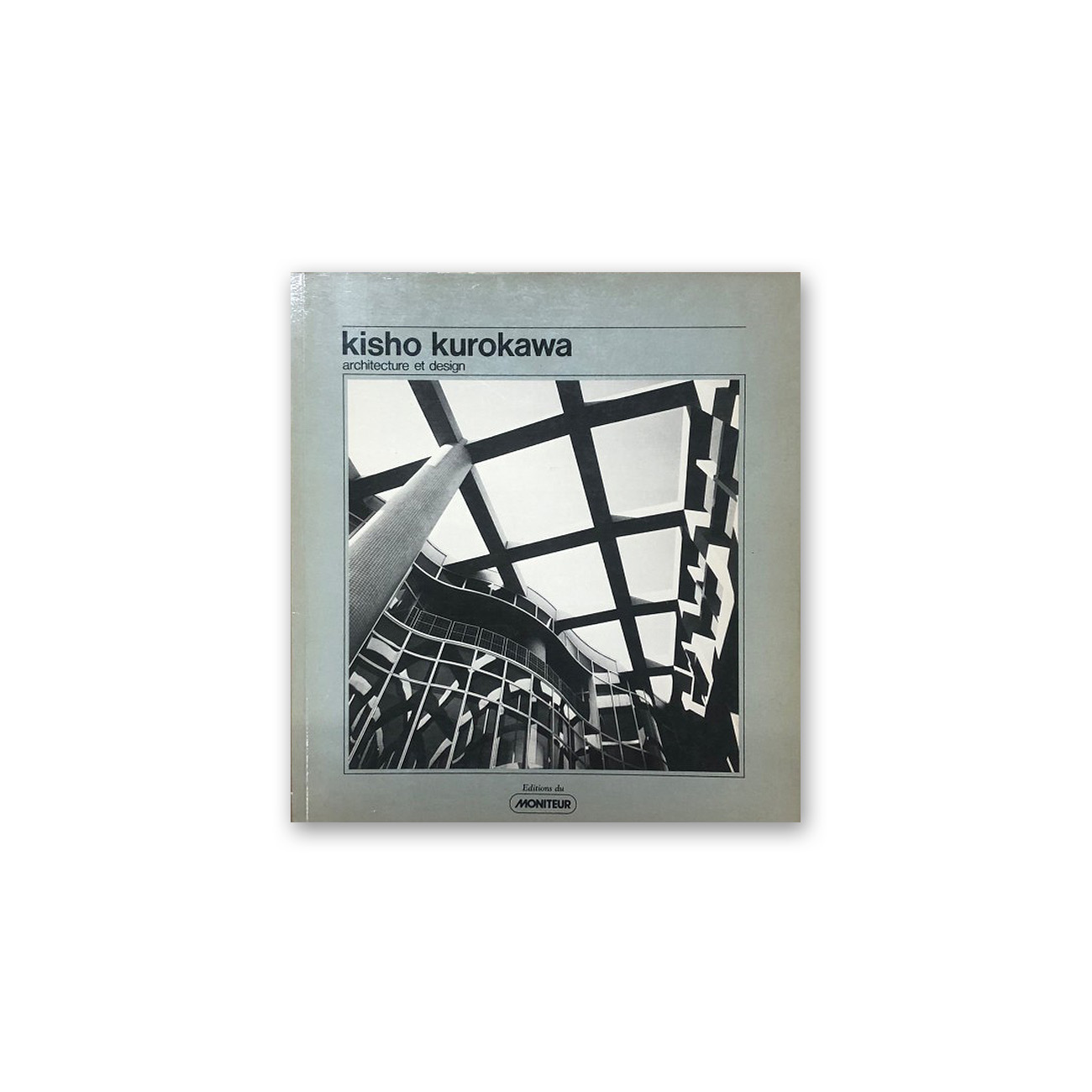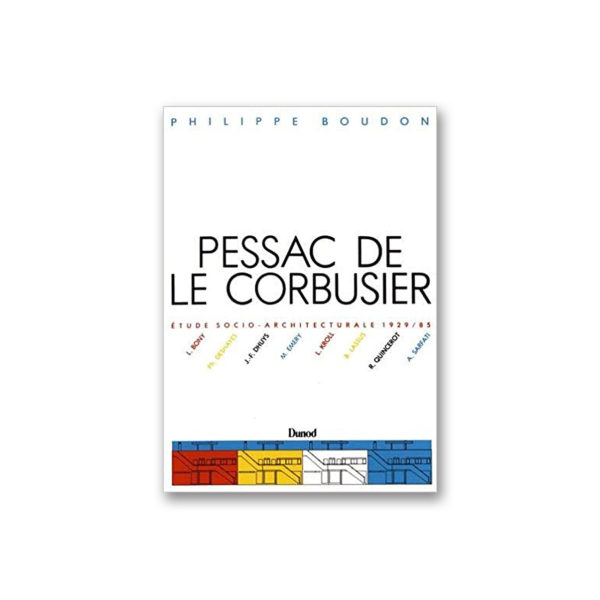Kisho Kurokawa was a leading Japanese architect and one of the founders of the Metabolist Movement.
Kurokawa explained that the attention paid to detail in Japanese work derived essentially from the typical attempt to express individuality and expertise. In Japan the execution of details was a process of working not from the whole to the parts but from the parts to the whole. Every wood connection in a house was carefully crafted from the inside out. Japan is a country that moved from a non-industrial country to a fully industrial nation in less than 50 years, during the Meiji revolution. This sharp jump from producing goods by craftsmen to industrially realized production was so rapid that the deep-rooted tradition of fine craftsmanship as a statement of the creator did not disappear. As a result, the Japanese maker continues to be instilled with a fastidious preoccupation for fine details, which can be seen in contemporary architecture, art and industry. The attention to detail, an integral part of Japan’s tradition, forms a uniquely indigenous aesthetic.



